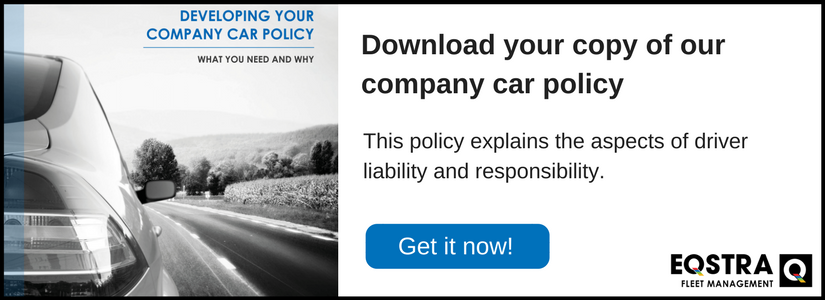
Most of us haven’t owned enough vehicles to claim we’re experts in vehicle cost management.
If we did, we would probably opt for bicycles rather than sign on the dotted line for some glorious new wheels!
Fleet managers, real focus is on “true cost management” of vehicles, but with so many moving parts it’s easy to miss something unless you have a rock-solid fleet system in place. We break down the real cost of vehicle ownership here.The initial cost of a car is, terrifyingly, the least of your worries. Many people consider the vehicle payment, whether it’s bought outright or paid in monthly instalments, to be the biggest expense. It may look that way on paper, but operating costs, depreciation and plenty of unexpected costs will add up to a lot more than your vehicle payment in the long run. Here are the seven main things to consider:
- Procurement Cost
Although this is not the biggest contributor to the total cost of ownership, it is a key element to consider. For fleet owners it is important to have a clear indication in what price range a vehicle should be per job grade documented in a vehicle policy, not just to keep cost in line, but to have a transparent view which employees is clear of what they can qualify for. Important to note that the price of the vehicle impacts your total interest payable over a period and your insurance premium.
- Finance costs
The wonderful thing about financing a car is that there are so many options to choose from and they all make you feel like you’re getting a fantastic deal. In most cases this works for individual owners as they are more concerned with monthly costs than the overall costs and depending on how the deal is structured and where the risk lies, they do not take into account possible negative equity When it comes to a fleet, however, the focus is on all cost factors, including interest, mostly as fleet is a business decision and not an emotional decision as with private individuals. Fleet owners It is important to note that none of these cost factors should be looked at in isolation.
- Insurance costs
There are various fleet insurance models available, whether you’re self-insured with or without an aggregate or have an insurance partner where you are comprehensively insured, these costs can sneak up on you over time. When you’re insuring an entire fleet, it’s tempting to go for the ‘full house’ and make sure you’re covered for everything. There’s nothing wrong with that approach, but make sure it suits your business model. Shop around for the best possible deal and don’t be afraid to negotiate. Insurance is essential, but that doesn’t mean you have no bargaining power.
- Resale Value
Your ability to have the lowest running cost is based on 3 factors, how well you buy, how well you maintain and how well you sell. Depreciation is one of those car terms that guys like to argue about around the braai. Everyone has their own opinion whether it should influence the buying decision or not. For fleet managers, this is an important factor Depreciation is the amount by which the value of a vehicle declines over time, whether you take good care of it or not. The depreciation rate varies between make and model, and it’s crucial to do proper research to determine which car has the ‘best’ resale before you consider it for your fleet.
- Running costs
This is every fleet manager’s nightmare as there is simply no way to accurately predict what running costs will be - Running costs include everything from fuel (which Willie Venter, the Consulting Manager at EQSTRA Fleet Management, says can take up to 45% the cost of running a fleet and is the biggest contributor to your total cost of operation). Other components to running costs include tyres, maintenance and. If you have a decent fleet management system you are able to analyse historic costs and make some assumptions and calculations which will allow you to get relatively close to a correct budgeting forecast.
- Downtime
Willie says “In my experience downtime is the most overlooked cost driver in most fleets, and a large driver in increasing fleet costs and lowering productivity, it is important to have a structures approach in your vehicle selection process. You need to ensure your vehicle selection is correct for the operating condition and that the replacement cycle is in line for the operating condition”). To calculate the true downtime cost of unscheduled maintenance or repairs (maintenance & repair Cost + vehicle rental + loss in productivity = downtime costs.
- Miscellaneous costs
These are the costs that catch most fleet manager off guard. Depending on what your fleet is used for it can be anything from vehicle registration or parking costs and cleaning expenses. The best way to get a handle on miscellaneous expenses is to do a full recon of your fleet costs in minute detail and see when and where all these costs pop up. It’s still going to be impossible to accurately predict, but it will give you an idea of how much you need to budget and may even show up areas where your fleet needs to be optimised.
As you can see, owning a car comes with many ‘invisible’ expenses, but with a solid strategy and fleet policy in place you can roll with the punches.
To find out more about driving a company vehicle and the responsibilities involved, download your copy of our company car policy here:
